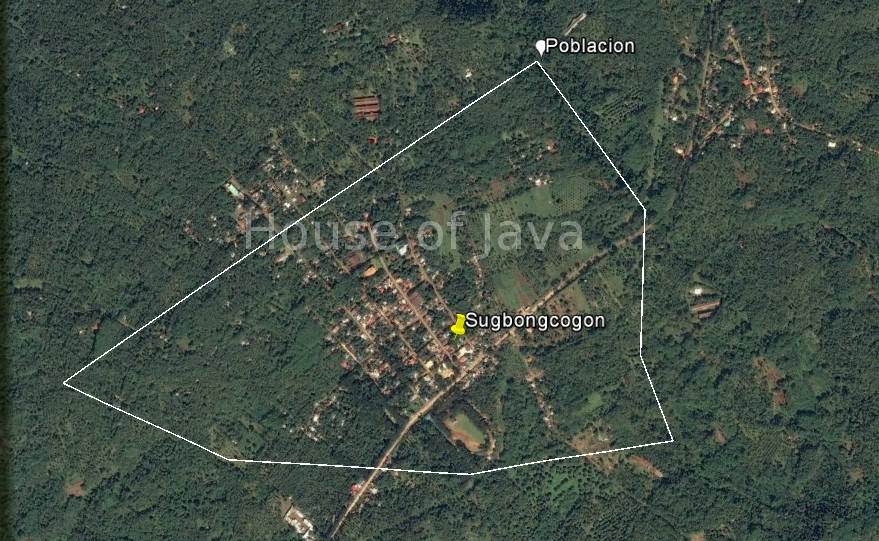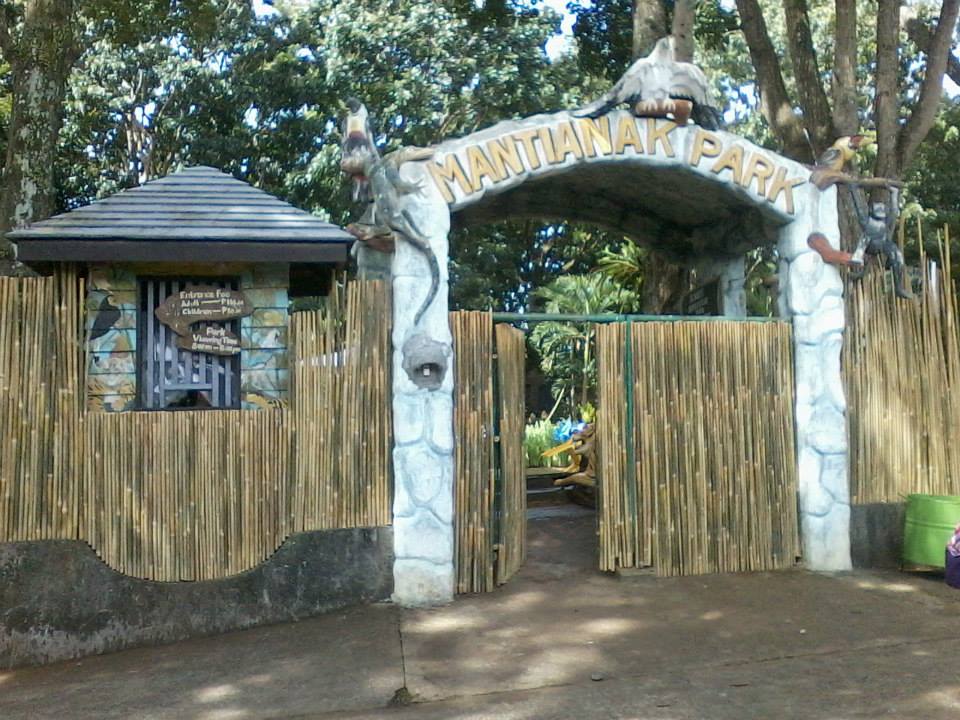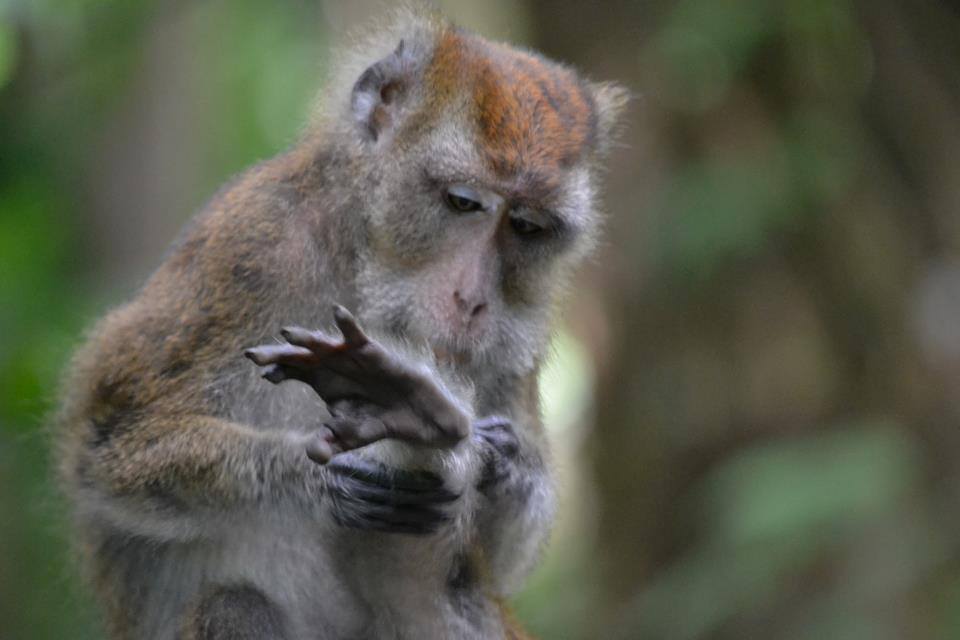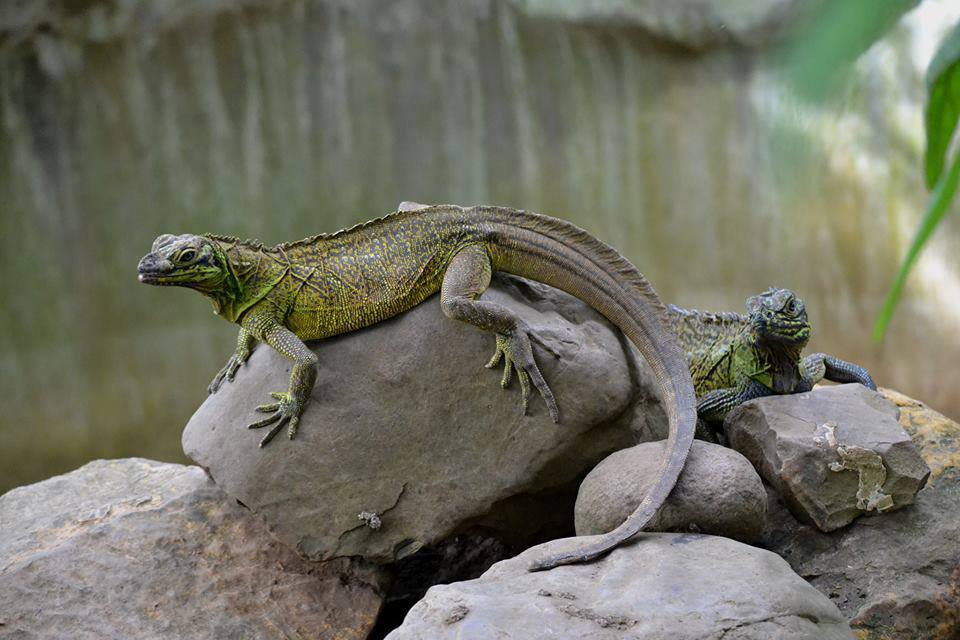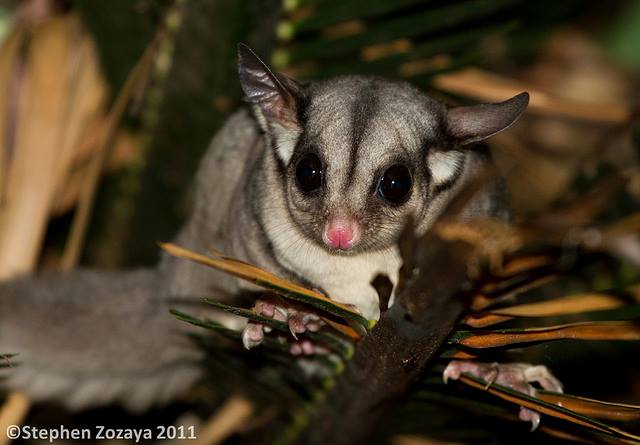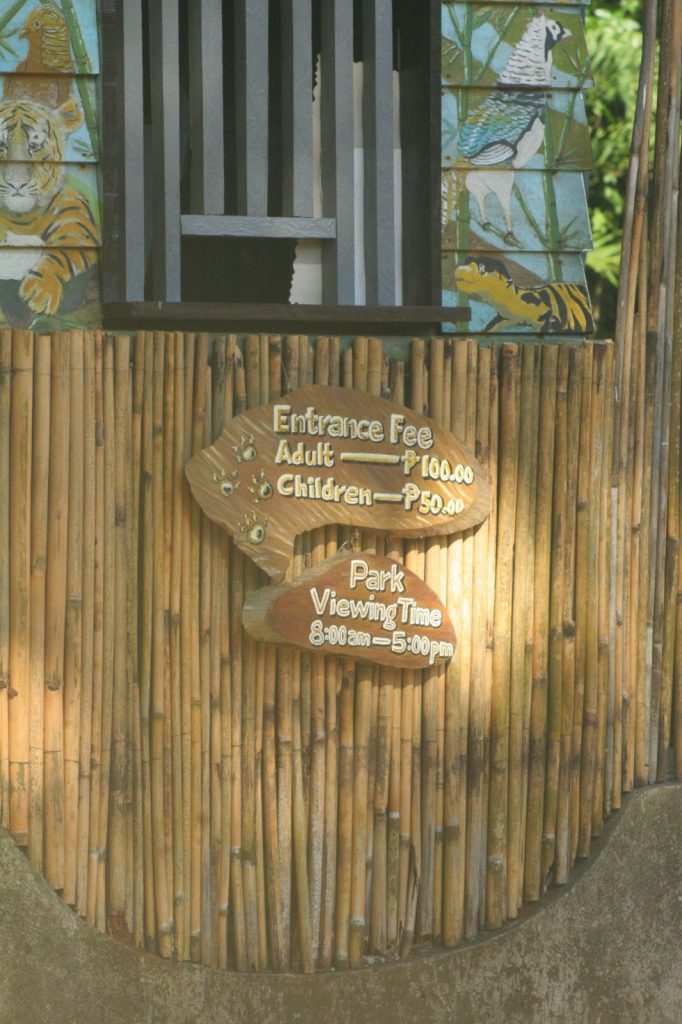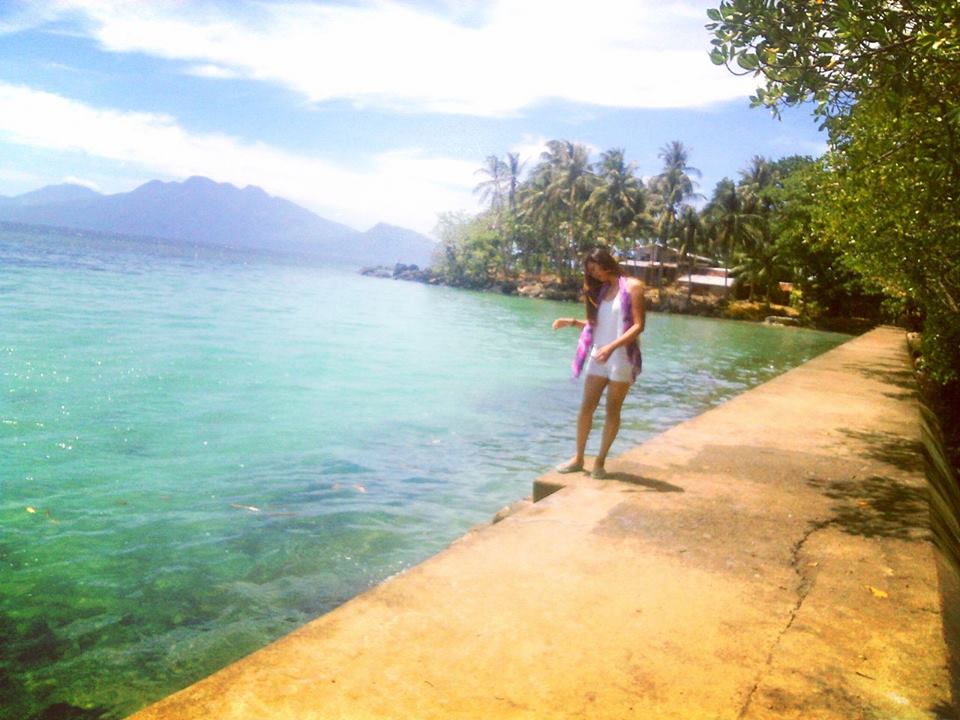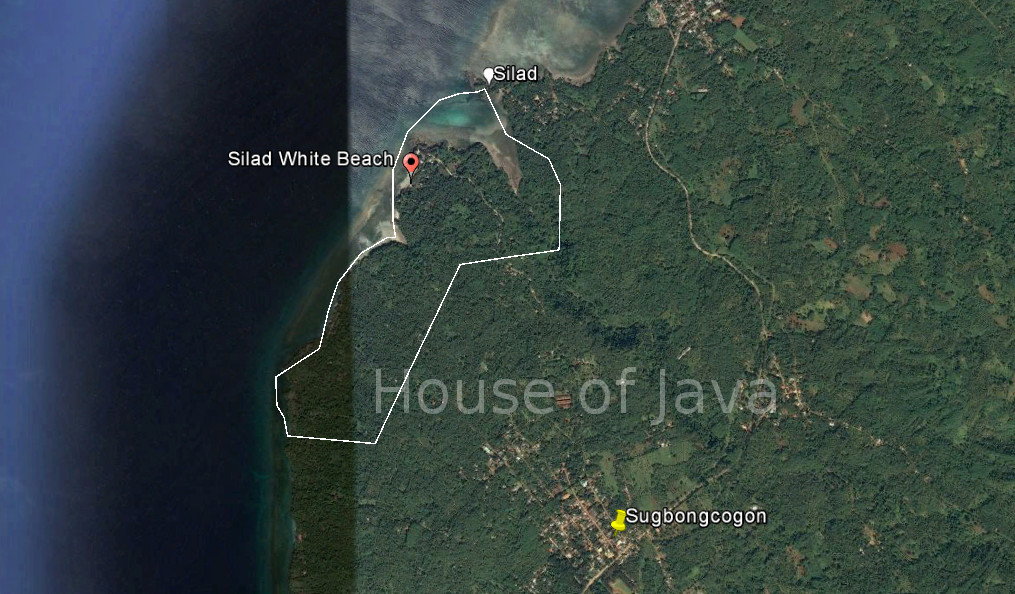At the beginning of the 20th century, barrio Sugbongcogon , seat of the present municipality, was nothing but a cogonal area fit for grazing cattle. Some scattered heads belonging to Vicente Fernandez and Restituto Mercado, both residents of Balingoan, could be seen among the numerous dinog (bignay) trees that spotted the whole area. The surrounding thickly forested area was still haunted by wild pigs, fowls, deers and monkeys. This was in the first decade of the 20th century when Kinogitan (then barrio Bagacay) was yet a barrio of Talisayan.
One of the first settlers was Francisco Satur, known as Eco Baquero, caretaker of the cattle. He built his house on top of Tiningalan hill, now overlooking the Poblacion. He was later joined by his sons-in-law and others from Silad and in 1919 they constructed a chapel on a lot donated by Vicente Fernandez.
In November, 1917 a certain Benedicto Lagbas, with some of his trusted lieutenants come to this place from Cebu (Sugbo). He found the place good for settlement. He converted some people from Camiguin, Cebu and some towns in Misamis Oriental to settle with him in the newly found abode. The place was found to have many cogon grass growing dominantly all over the area and the founder who came from Cebu of which the Cebuanos called it in their dialect as “SUGBO” and “cogon” . . . Sugbo ng cogon in one full name Sugbongcogon.
The new settlers worked hard to make their newly found community into a regular barangay. Behind this move were the Saturs, the Hallazgos, the Gallardos, the Sabueros, the Cenas, the Gorros, the Ranans, the Rayoses, the Yandogs, the Taglinaos, the Zapicos, the Zarates, then later joined by the Andos, the Salalimas, the Borreses, the Balangyaos, the Caayamans and Yamos under the leadership of Benedicto Lagbas with Mauricio Macapelit, Tomas Cañete and Eduardo Cabilin as his lieutenants.
In 1922, the place became a regular barrio of Talisayan with the name Sugbongcogon (Sugbo-Cebu, the founder’s native place and cogon, the place being cogonal area). Ramon Pabilic was appointed by then Governor Valdeconcha as first councilor to Sugbongcogon in the Municipal Council of Talisayan in 1922 – 23. Kinogitan was then a barrio of Talisayan). In that same year, a primary school was opened with a certain Mr. Romulo, a Boholano as the first teacher.
In January 1924, Victorino Dañar became the first elected councilor (second to represent Sugbongcogon). However, Dañar resigned after serving one year.
Before the year 1921 ended, the people were confronted with a big problem. Their right to occupy was contested by Cirilo Varias, a resident of Bagacay (Kinoguitan) who was the brother-in-law of Vicente Fernandez. The case reached the highest tribunal of the land, which resolved the problem in favor of the people.
During this colorful period of the history of Sugbongcogon, the settlement faced several trials. In March 1921, more than one hundred men including their leader, Don Benedicto Lagbas, was imprisoned for 15 days for being allegedly members of the Colurom, an outlawed remnant of a nationalist sect who fought against Spaniards and the Americans. The leader was rumored to be a follower of the famous freedom fighter of Cebu, the legendary Leon Kilat.
At the same time the leader was charged with illegal practice of medicine. The case, however did not prosper because no medicine was used in curing the sick except the power of faith healing through the oracion. He was also charged with vagrancy, having no visible means of support. He then organized the cooperative system of farming with 24 cabisellas or groups of 12 members each. Only then had he been rooted and established as landowner. Colonel Macelish’s (Division Commander of the 110th Division, Mindanao Guerillas) staff officer had, one time, their temporary headquarters in this interior barrio.
From the liberation years up to the present more people have come to live in Sugbongcogon. With the same democratic and critic spirited as those of the early settlers, the residents of Sugbongcogon, under the leadership of Municipal councilor Cirilo Saballa, formed a planning committee composed of Antonio Fernandez, Esperidion Anayron, Sesinando Guibone, Panfilo Yatol, Anacorito Tabid, Cirilo Ando, Torcuato Rañoa, Lupercia Santillan, Claudio Gallardo, Eladio Cabrezos, and Salvador Lagbas. All the papers required relative to the people’s petition of converting the barrio into a municipality were secured. The barrio council (1958-1960) composed on Eladio Cabrezos, Isidro Rojas, Jose Saballa, Lorenzo Gaylanan, Torcuato Rañoa, Cirilo Ando and Antonio Fernandez was responsible for securing the necessary papers and made representation in behalf of the people with higher authorities for help in making their dream a reality.
In 1960, Congressman Fausto Dugenio filed a bill to create the municipality of Sugbongcogon but opposition registered by the mother municipality disapproved the bill in the committee of the upper house.
In the National election of 1961, the people elected Senator Emmanuel Pelaez and Gov. Vicente de Lara, Vice President and Congressman respectively on the promise that both would work for the creation of a new municipality. Thus in 1962, Congressman Lara filed another bill to create Sugbongcogon a new municipality, which was, however, enacted by the Senate until the end of regular session.
Meanwhile, Jose C. Yatol, Barrio Captain of barrio Alicomohan, emerged as the most logical spokesman of the people of the proposed municipality. His loyalty to Pelaez and Lara in all their political fights placed him in the better position to lead the people. The barrio council (1962-1963) composed of Claudio Gallardo, Eladio Cabrezos, Antonio Fernandez, Torcuato Rañoa, Cirilo Ando, Angeles Saballa, Esteban Caayaman, Irenio Balangyao and Juan Simene cooperated with him.
After six years of waiting, the people’s dream became a reality. On June 22, 1963, President Macapagal signed into law, RA 3633 creating Sugbongcogon into an independent municipality.

| Website: | no website found |
| Facebook: | no page found |
| Landline: | no number found |
| Mobile: | no number found |
| Municipal: | Sugbongcogon |
| Barangays: | 10 |
| Address: | no street address found |
| Email: | no email found |


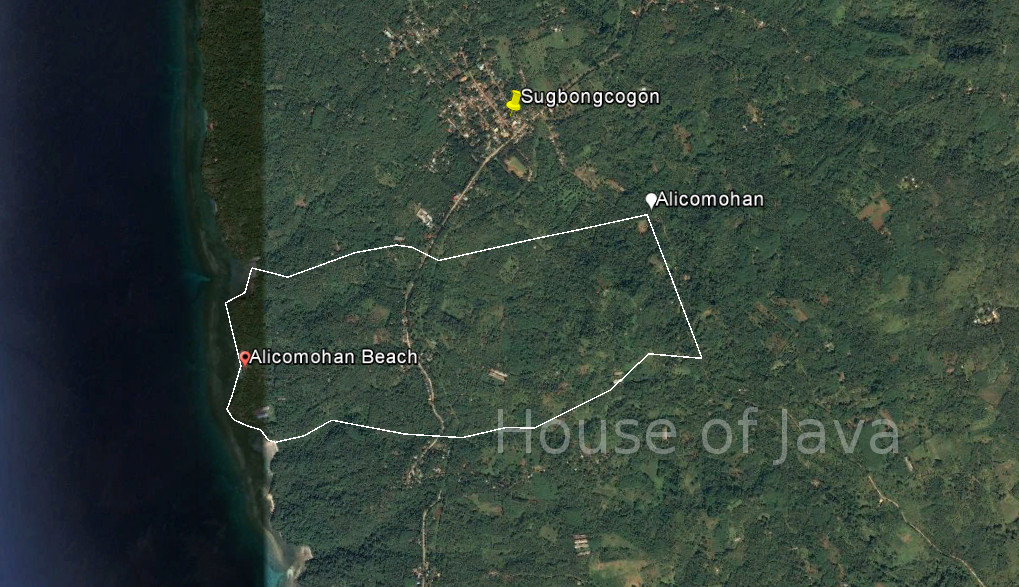
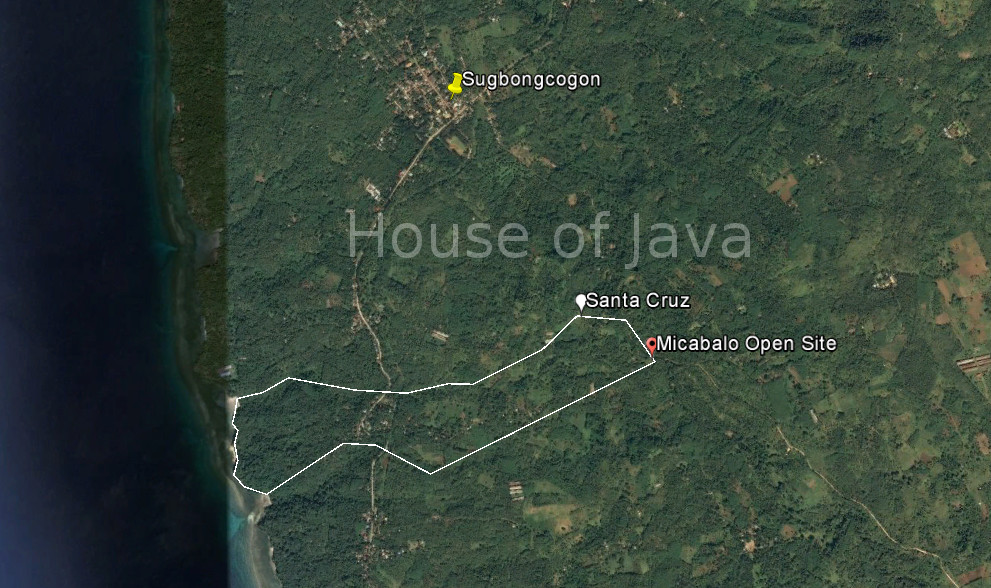

 (
(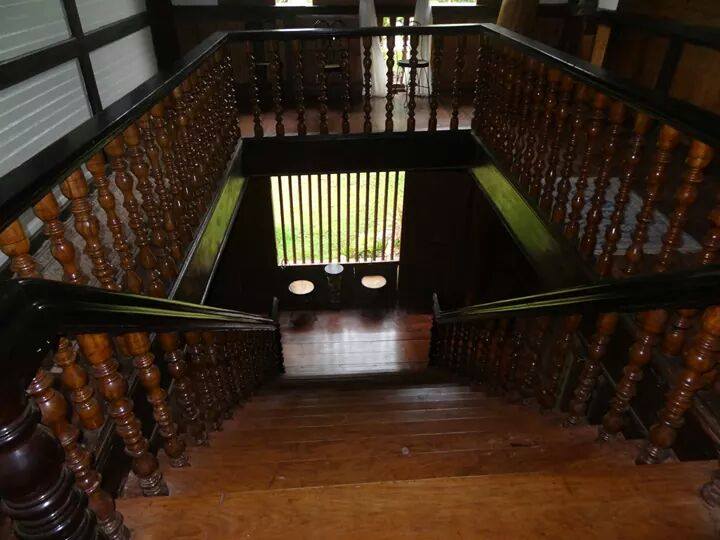

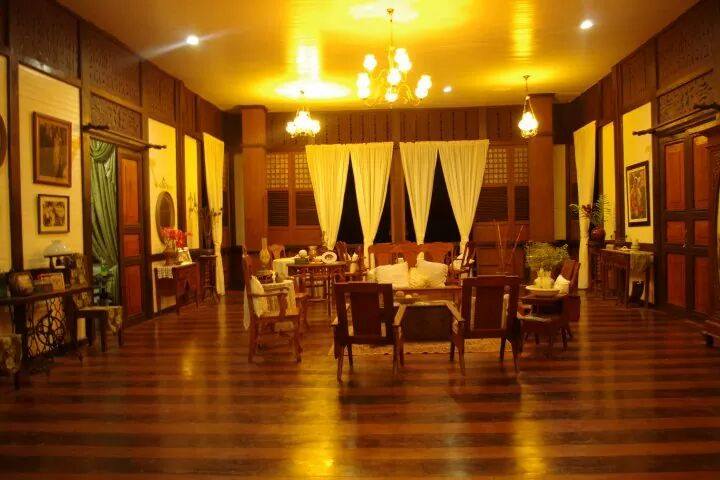

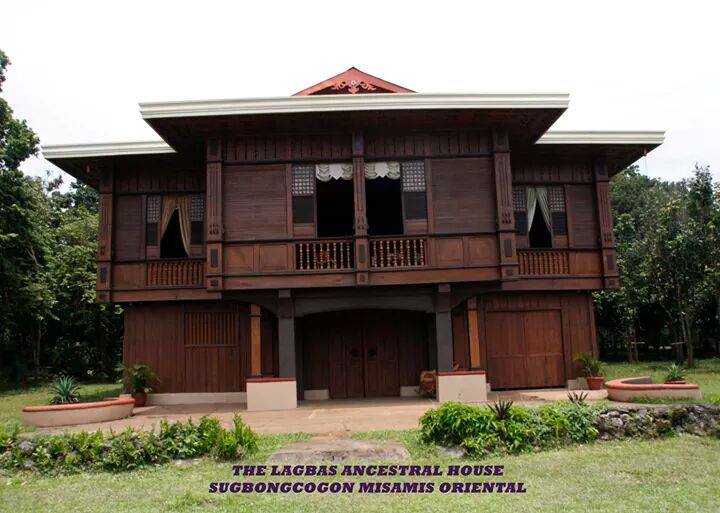
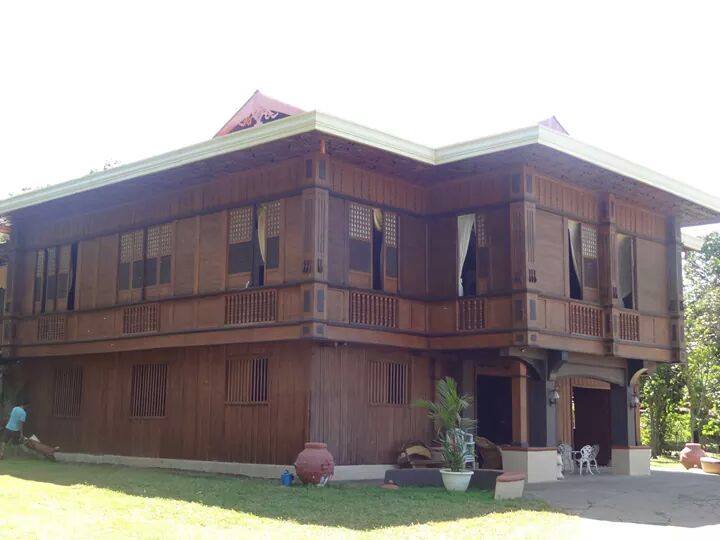
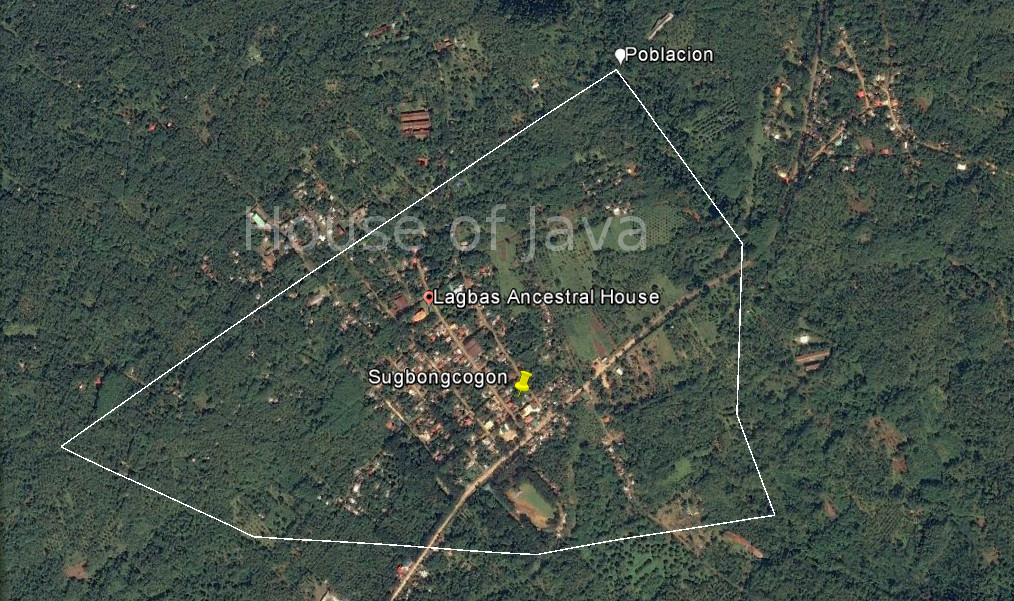
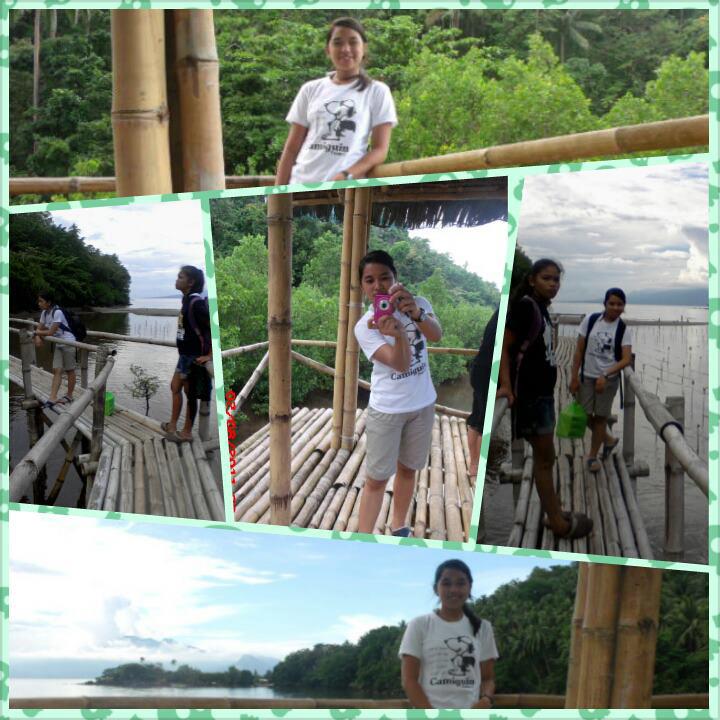
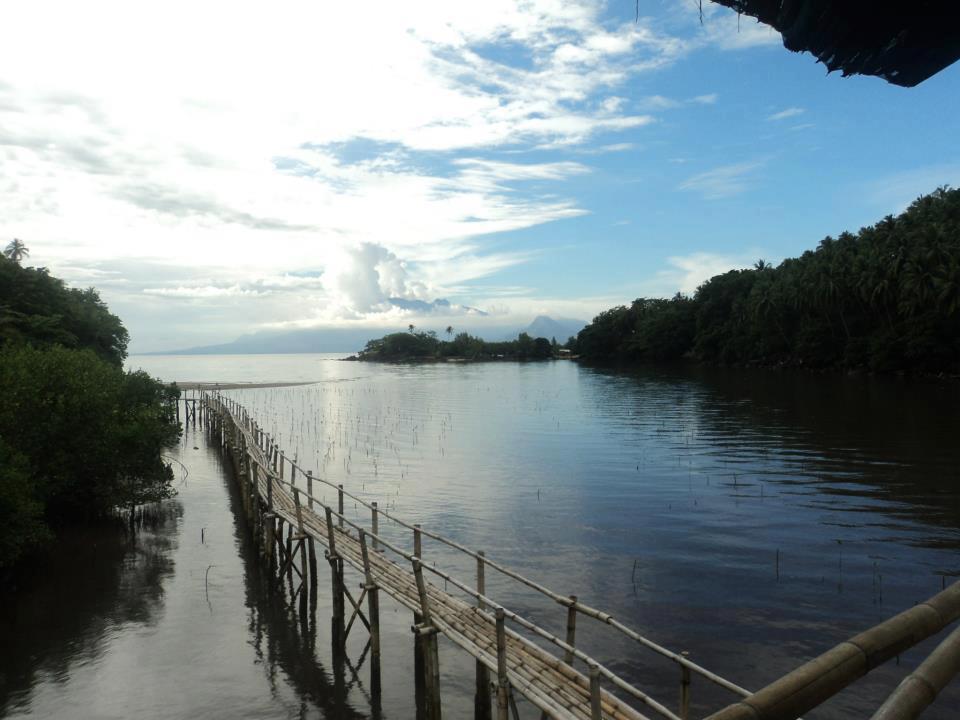
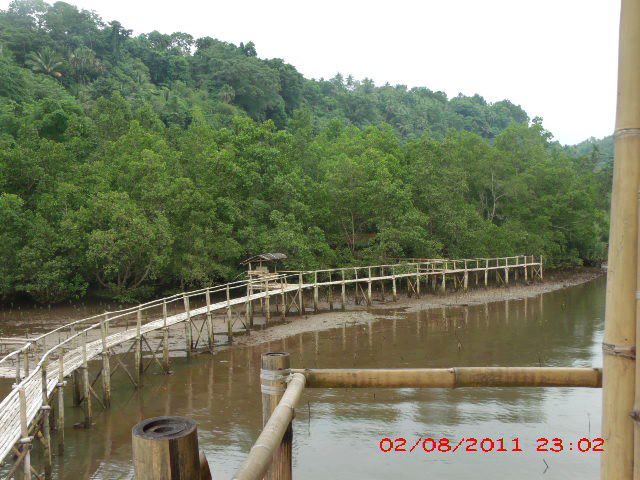
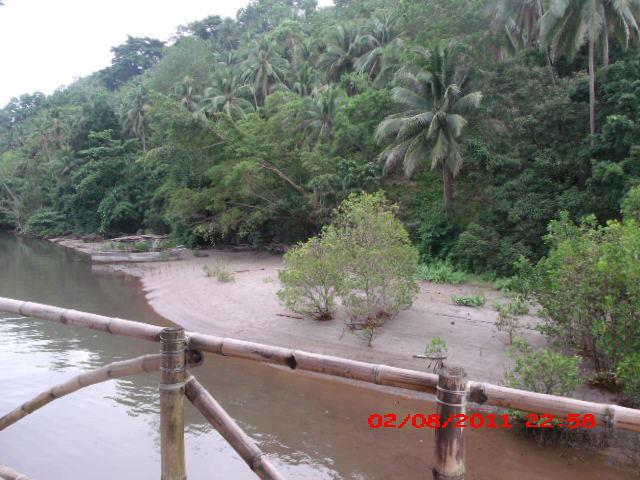
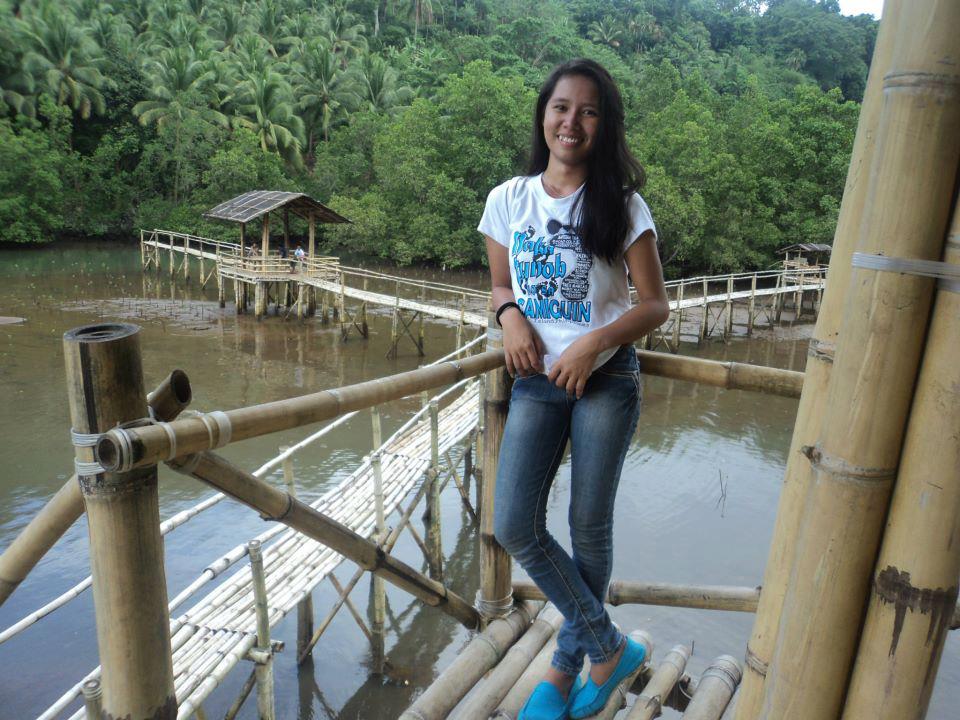
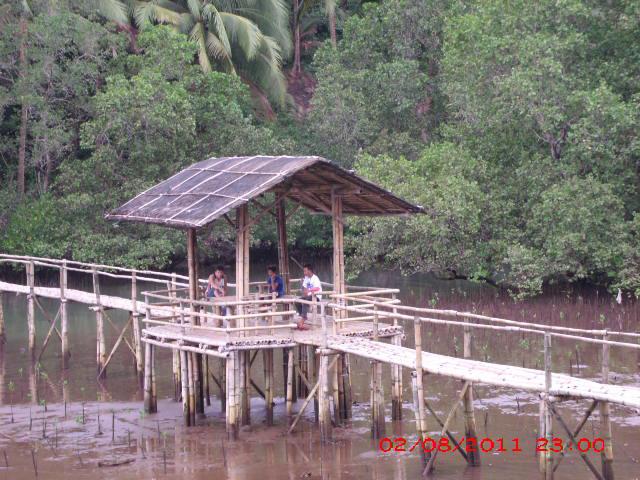
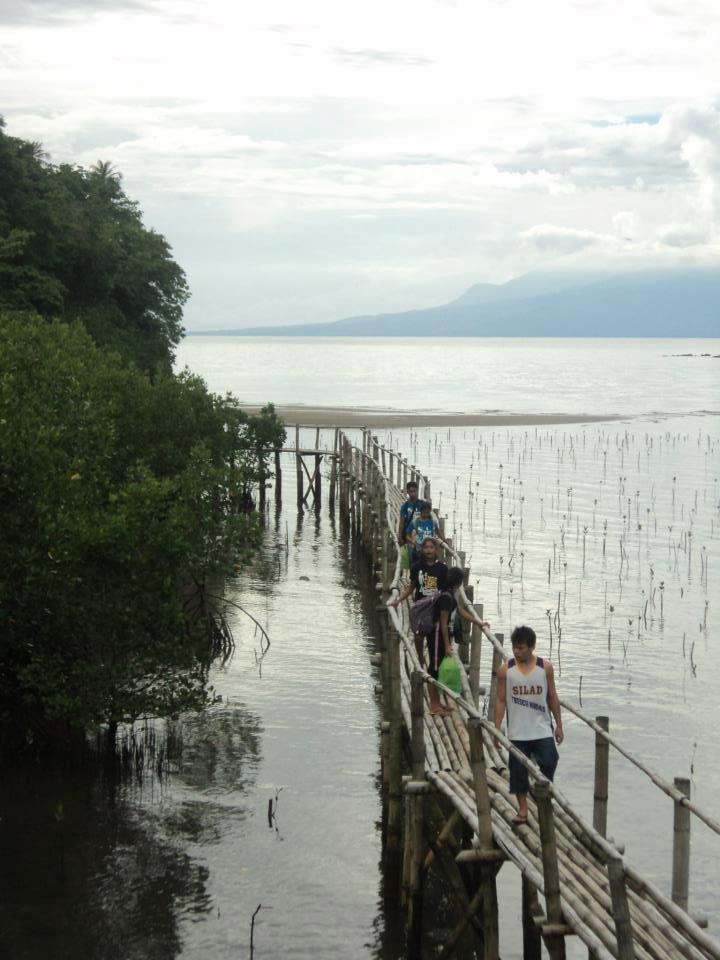
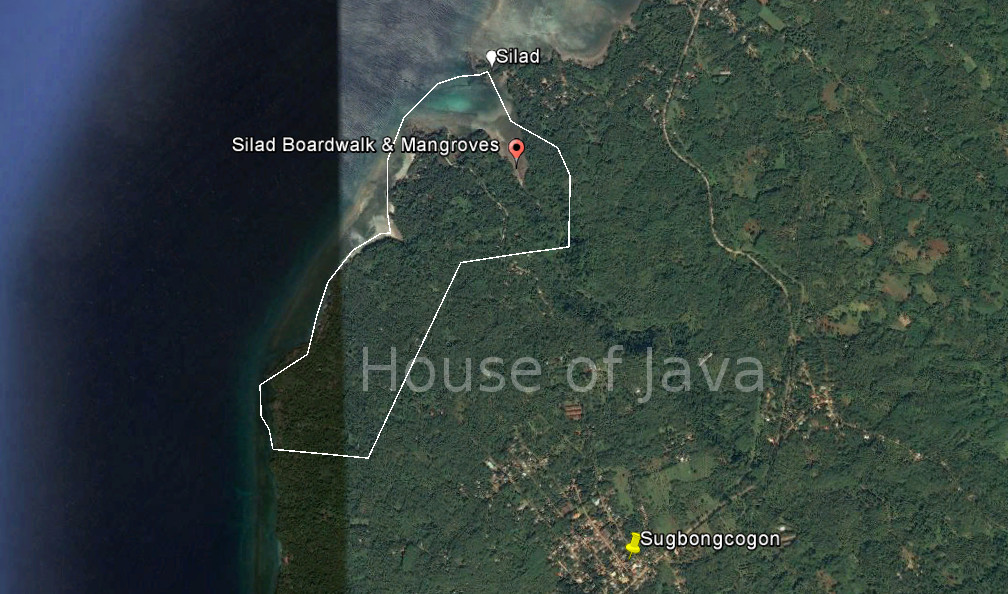


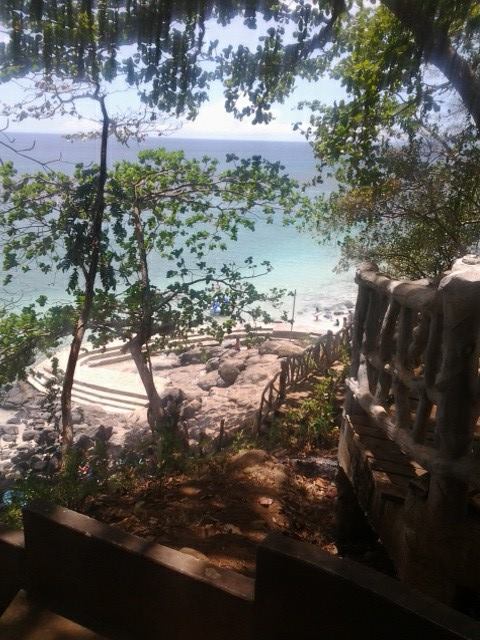
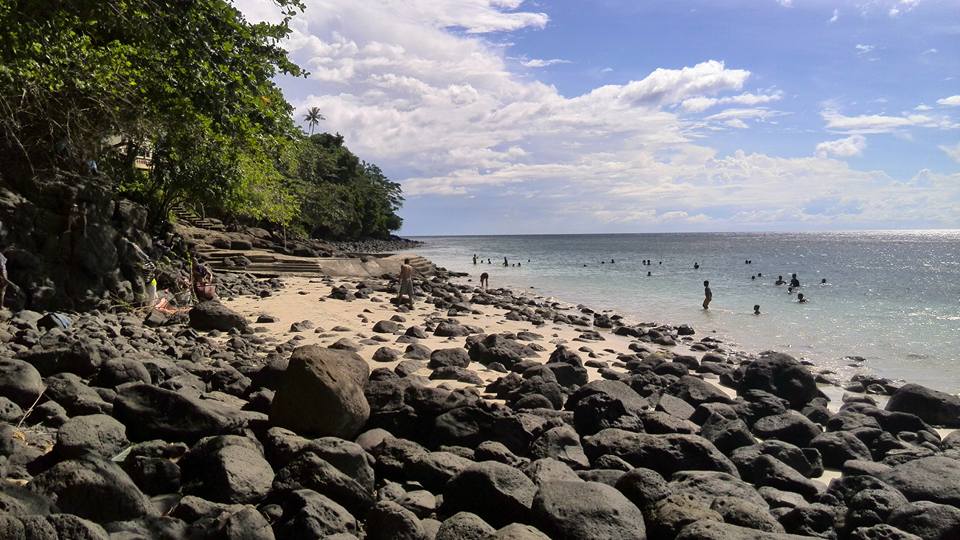

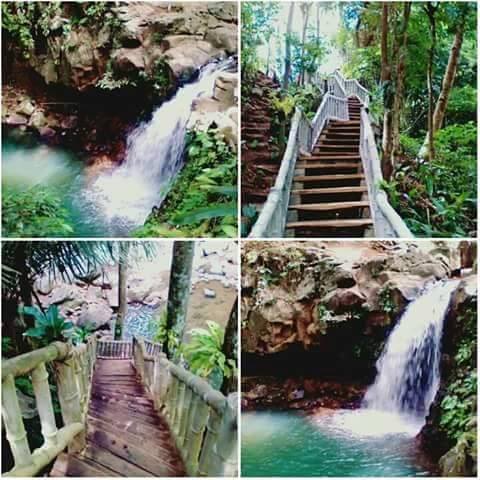
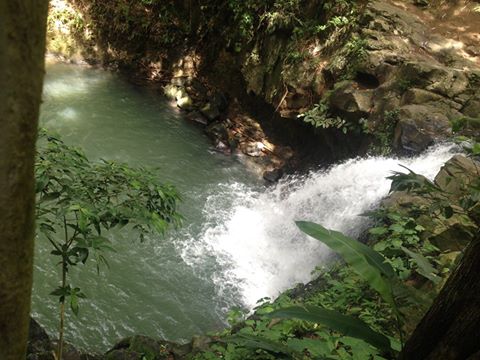
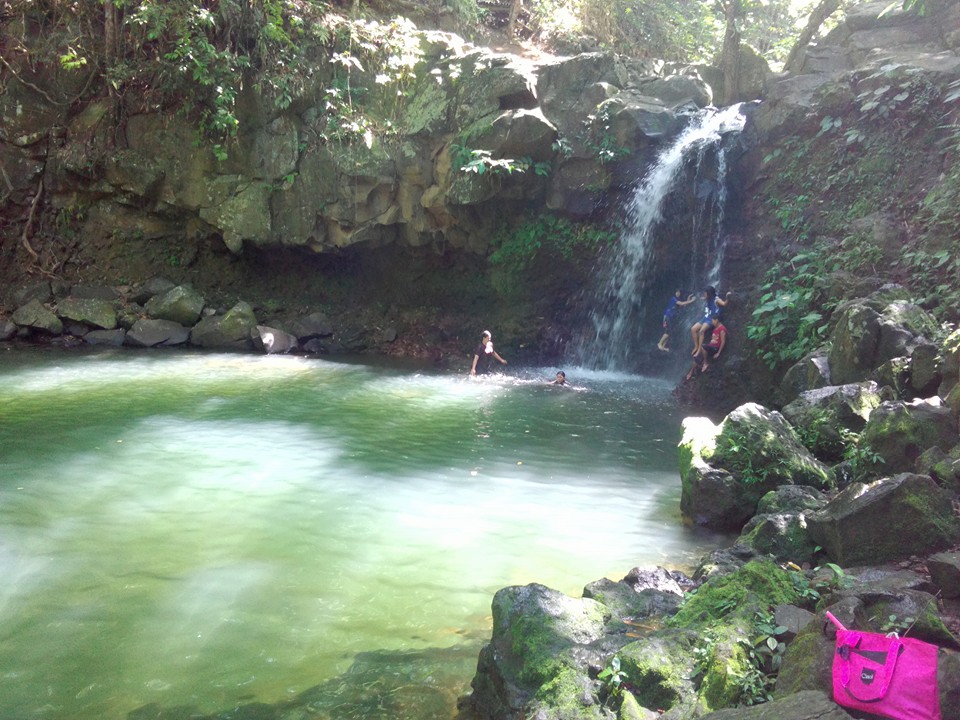
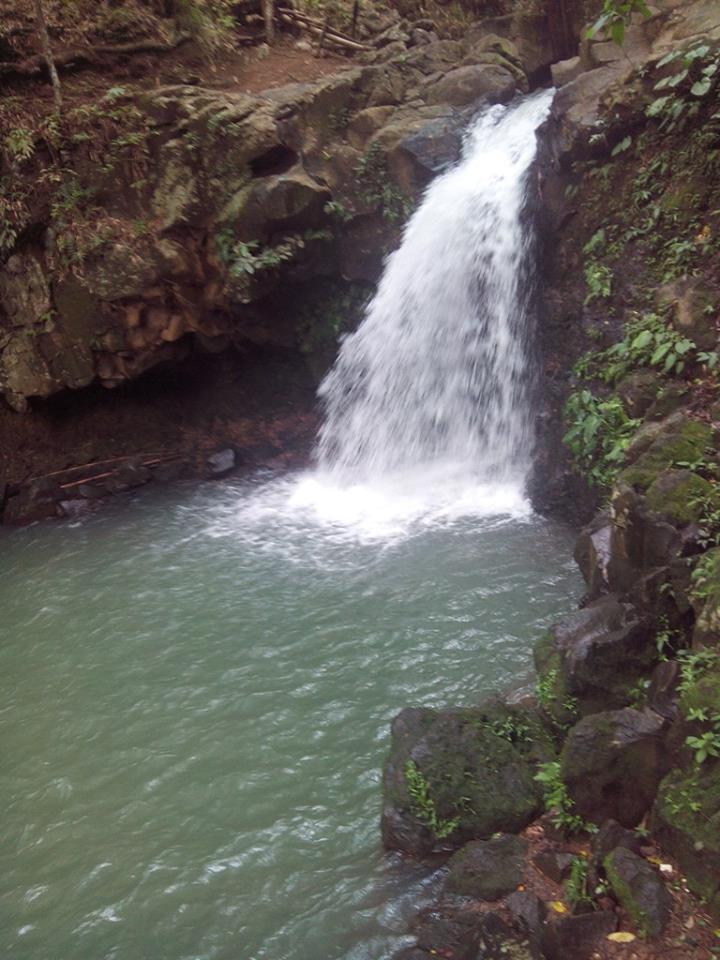
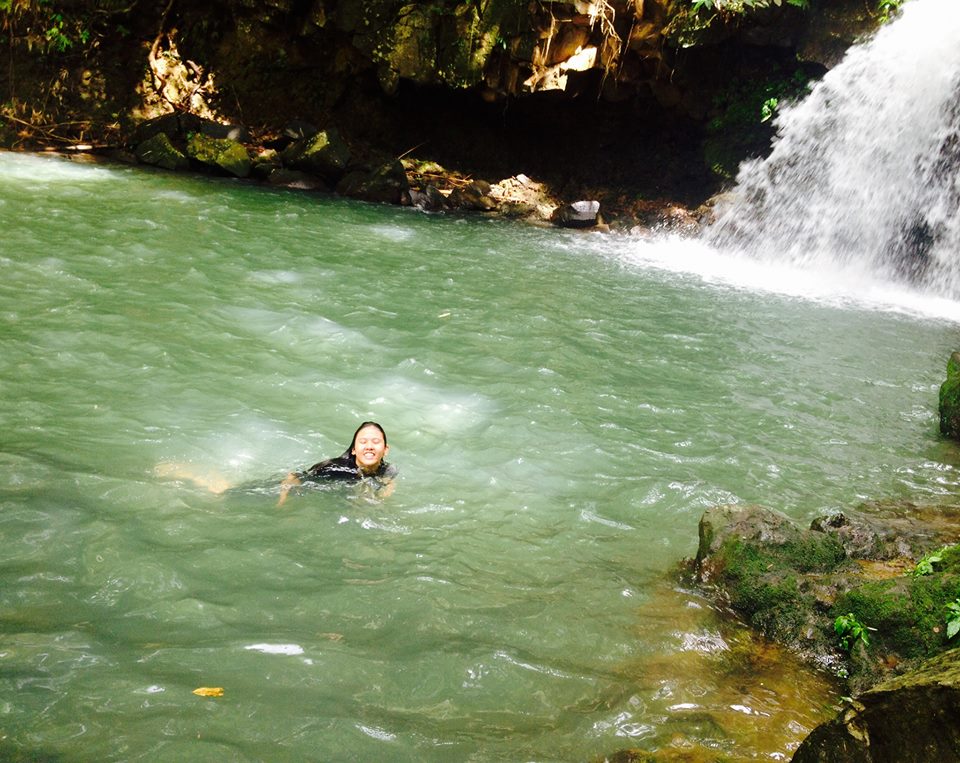
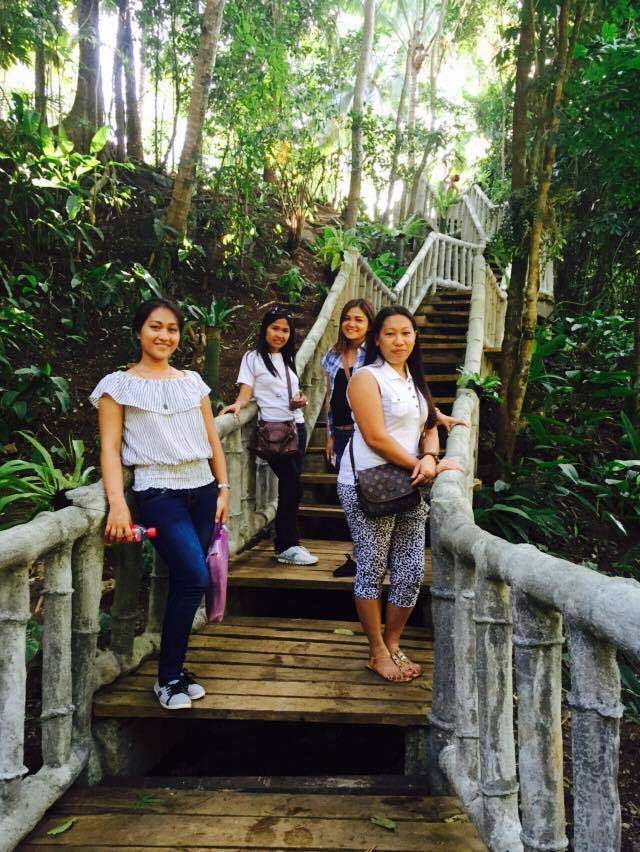
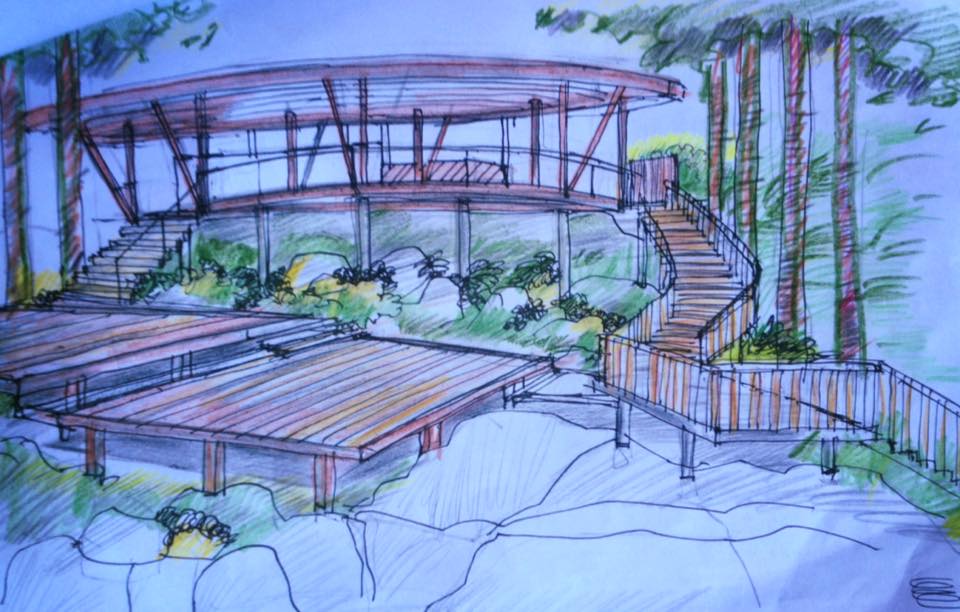 (
(